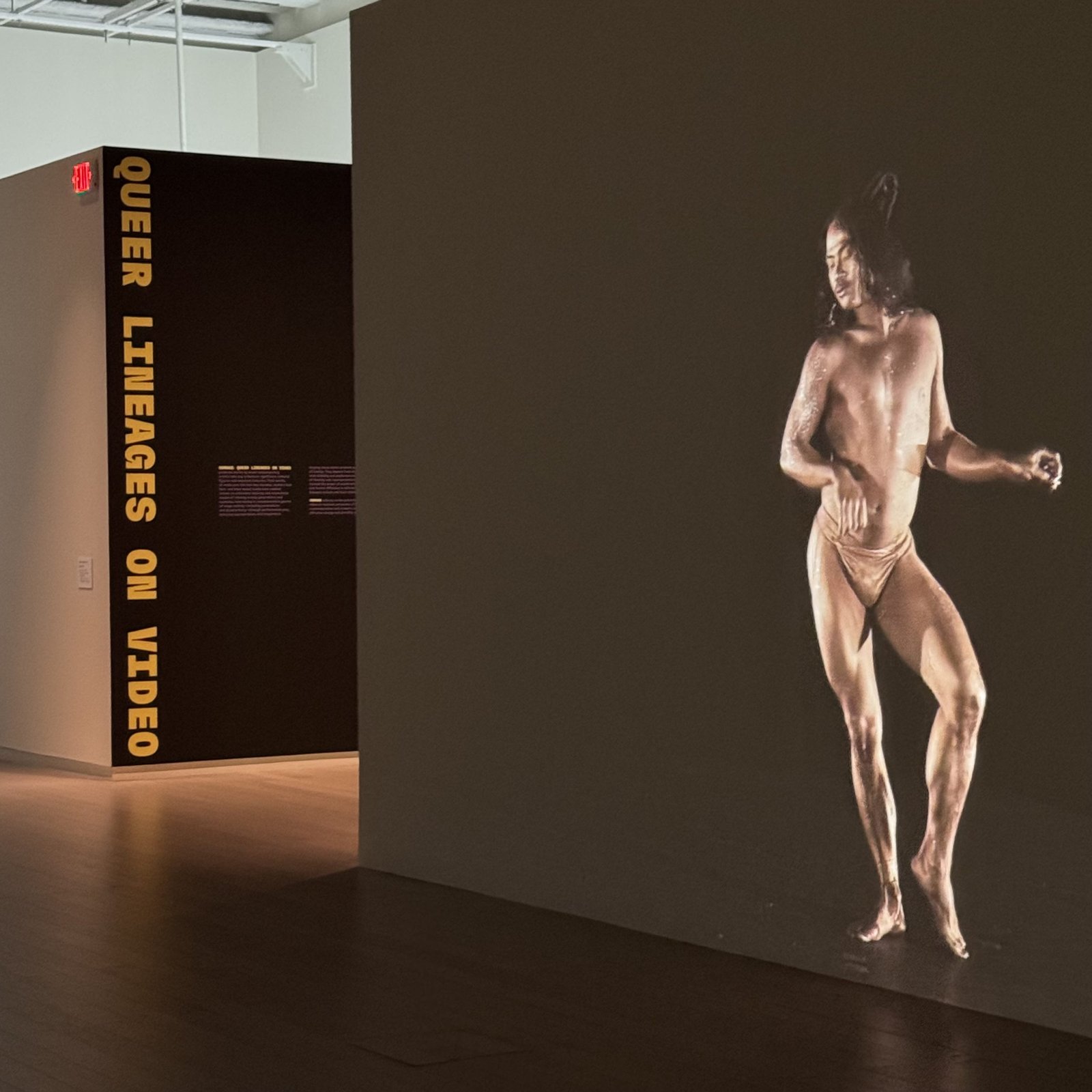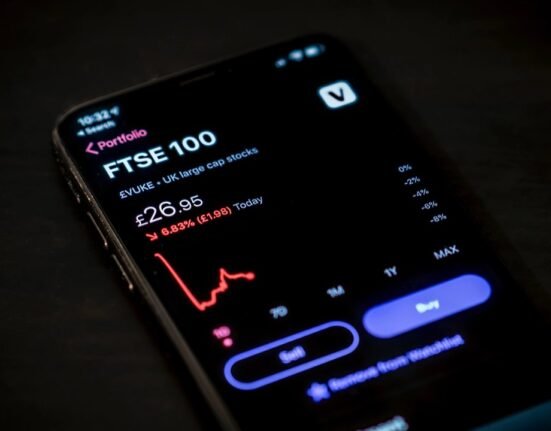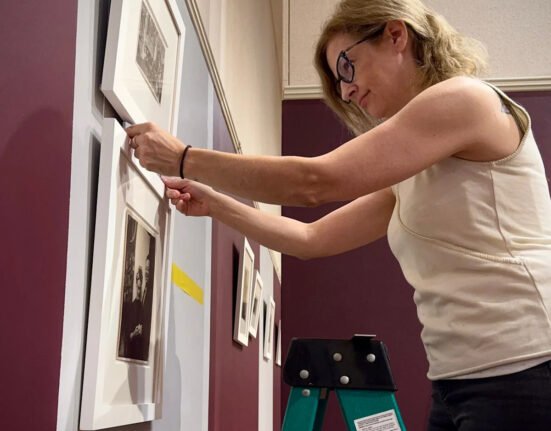Most queer people aren’t privileged with having queer parents, so many of us look to those who came before as role models. In Homage: Queer Lineages on Video, artists draw upon the legacies of folks who opened the doors we now get to walk through. It’s worth a visit for anyone to broaden their horizons of what queerness might mean, and to discover histories often left untold.
Located at the Wallach Art Gallery, in Columbia University’s new, Renzo Piano-designed Lenfest Center for the Arts, Homage takes advantage of the building’s high ceilings and flexible configurations as compared to the gallery’s former, more cramped quarters. In this exhibition of eight pieces by seven artists, drawn from the Akeroyd Collection, four pairings emerge. Comparing and contrasting them can open a window into the show.

Works by both Apichatpong Weerasethakul and Kang Seung Lee approach nature from a queer, nonlinear perspective. With “For Bruce” (2022), Weerasethakul, a legendary Thai filmmaker, presents an homage to Bruce Baille, whose films superimpose and overlay footage in innovative ways. Weerasethakul’s similarly unorthodox landscapes, inspired by Baille, can become a foil to the unorthodox queer narratives in his own films. For “Garden” (2018), Lee performs rituals in the gardens of the respective homes where English artist and filmmaker Derek Jarman and Korean poet and activist Oh Joon-soo lived. Lee draws on sheepskin parchment at each garden, digs a hole, and then buries the parchment as a form of exchange and kinship with these artists, both of whom died of AIDS.


Lee shifts his focus to dance with “The Heart of a Hand” (2022), in which Filipino dancer Serafin pays tribute to choreographer Goh Choo San. The latter was born in Singapore, but became a singular presence in the American ballet scene in the 1970s and 1980s before succumbing to AIDS in 1987. Tony Cokes also looks at the ways people express themselves through dance, in this case turning to nightclubs. In “SM BNGRZ 1 + 2” (2021), house music backs a parade of brightly colored words that explain the genre’s origins as an alternative to disco for Chicago’s Black and Brown queer communities.


P. Staff’s “The Foundation” (2015) and Rirkrit’s Tiravanija’s “United (John Giorno reads)” (2008) both examine how we discover queer forebears through the archives we’ve inherited. Staff alternates footage of the Tom of Finland foundation in Los Angeles and its custodians with an experimental theater set to ask questions about who creates, cares for, and stages the archive of such iconic figures. In 2008, Tiravanija collaborated with John Giorno to create a 10-hour video compendium of the latter reading his poems and memoirs, and performing his music.


Both Carolyn Lazard in “Red” (2021) and Dineo Seshee Bopape in “a love supreme” (2005–6) lead with abstraction to explore identities outside of the White, ableist cisgender patriarchy that structures our society. Bopape licks streaks of chocolate that suggest abstract expressionist brushwork off a transparent pane of glass, owning her eroticism as a queer woman of color. Lazard pays homage to Tony Conrad’s warning about epileptic risks in his strobing film “The Flicker” (1966) by creating flickering red iPhone footage of their thumb, along with a warning screen that says “strobe on.” As noble as the artist’s intentions are to raise questions around access, ableism, and being immunocompromised, the work lacks the impact of the artist’s “A Recipe for Disaster” (2018) or a clear connection with queerness.


These are small quibbles in relation to the overall show, however. What’s truly brilliant about Homage is how curator Rattanamol Singh Johal uses video art’s nonlinearity to present the nonlinear ways that queer people draw on the legacies of those who came before them. In doing so, they create their own definitions of queerness.
Homage: Queer Lineages on Video continues at the Wallach Art Gallery (615 West 129th Street, 6th Floor, Manhattan) through October 19. The exhibition was curated by Rattanamol Singh Johal.







